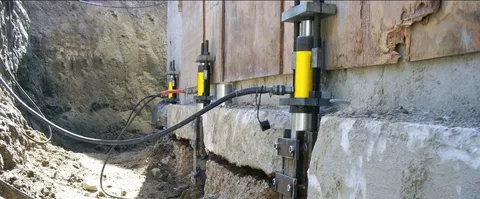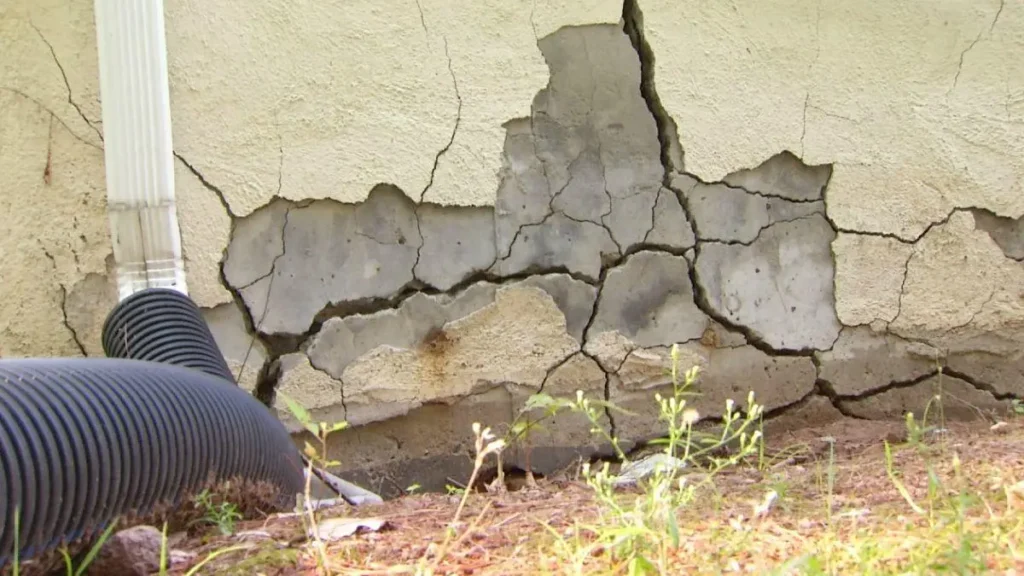If you’ve noticed cracks in your walls, doors not closing right, or your floors starting to slope—don’t panic. These are common signs that your home might need foundation repair. But here’s the real question homeowners often ask:
“What kind of foundation repair do I actually need?”
Let’s break it down in plain English. No confusing terms. No complicated processes. Just simple info to help you figure out what works best for your home—and your peace of mind.
Start With a Home Check-Up (aka a Foundation Inspection)
First things first—don’t guess. Call in a professional for a quick check-up of your foundation. They’ll look at the cracks, test how level your floors are, and figure out what’s really going on underneath your home.
This step helps you get the right kind of foundation repair without wasting time or money on the wrong fix. Think of it like going to the doctor for a sore knee—you need the diagnosis before the treatment.
Concrete Supports (When Things Sink Just a Little)
For homes with minor settling, concrete supports (or piers) are often the go-to fix. Basically, your contractor adds new concrete underneath your home to level it out again.
It’s a good choice if:
- You’ve got small cracks or sloping in one area
- Your soil is stable and not too wet or loose
- You’re looking for a solid, budget-friendly option
This type of foundation repair is great when your home needs just a little lift—nothing major.
Steel Piers (For Homes That Need a Serious Boost)
If your house is sinking more than a few inches, or if the soil around it is super soft or unstable, steel piers might be your best option. These are long metal supports that go deep underground and hold everything steady.
Choose this when:
- Your foundation is sinking fast
- You want the most durable and long-term fix
- “Your home is your long-term investment, and you want a solid fix.
This kind of foundation repair is strong, stable, and worth the investment when the problem runs deep.
Helical Piers (Good for Add-Ons or Lighter Homes)
Helical piers are kind of like big screws that twist into the ground. They’re often used under smaller buildings, home additions, or even porches and decks.
Great for:
- Homes built on sandy or soft soil
- Smaller buildings or lighter structures
- Quick installs with less mess
If you’re looking for a simple, clean foundation repair that won’t tear up your yard, this might be the right choice.
Slab Lifting (When Just Part of Your Floor Sinks)
Sometimes, you don’t need to go all out. If just part of your floor or driveway is sinking, slab lifting—also called mudjacking—can raise it back up by pumping material underneath.
It works well when:
- Your concrete is uneven but not cracked badly
- You want a fast, easy fix
- You’re dealing with patios, steps, or garages
While it’s not the go-to for major foundation repair, slab lifting is perfect for small, sunken areas.
Crawl Space Repairs (For Raised Homes)
If your home has a crawl space or sits on piers and beams, repairs might mean replacing or reinforcing wood beams, adjusting supports, or sealing off damp areas.
This is helpful when:
- Your floors feel soft or saggy
- The wood under your house is damaged
- Moisture or mold is a problem
This type of foundation repair keeps your home stable from the bottom up—especially in older or raised homes.
So, What’s the Right Foundation Fix for You?
It really depends on a few things:
- What kind of foundation your home have?
- How serious the damage is
- What type of soil your home sits on
- And of course—your budget
The best way to find the right foundation repair is to talk to a professional. They’ll give you clear options, honest pricing, and a plan that fits your home and your needs.
Final Thoughts
No one wants to deal with foundation issues, but the good news is they can be fixed. Whether you need concrete supports, steel piers, or a simple floor lift, there’s a foundation repair option that’s right for your home.
Take action early. The sooner you get a proper inspection, the easier and cheaper the fix will be. And remember, your house deserves a strong foundation—and so do you.
FAQs: Quick Questions Homeowners Ask
1. How do I know if I need foundation repair?
If your doors are sticking, your floors are sloping, or you see cracks near windows or walls, it’s time to call in a pro.
2. Is foundation repair expensive?
It depends on how bad the damage is and the method used. Some fixes are a few hundred dollars. Bigger jobs can cost several thousand.
3. Can I live at home while foundation repair is being done?
In most cases, yes! Most repairs don’t require you to leave unless it’s a major job or noisy equipment is used.
4. How long does foundation repair take?
Small jobs can be done in a day or two. Bigger fixes may take up to a week. Your contractor will give you a schedule upfront.
5. What happens if I ignore the problem?
The damage will get worse. Cracks may grow, floors could sink, and repairs could become more expensive later. It’s better to fix it early.


